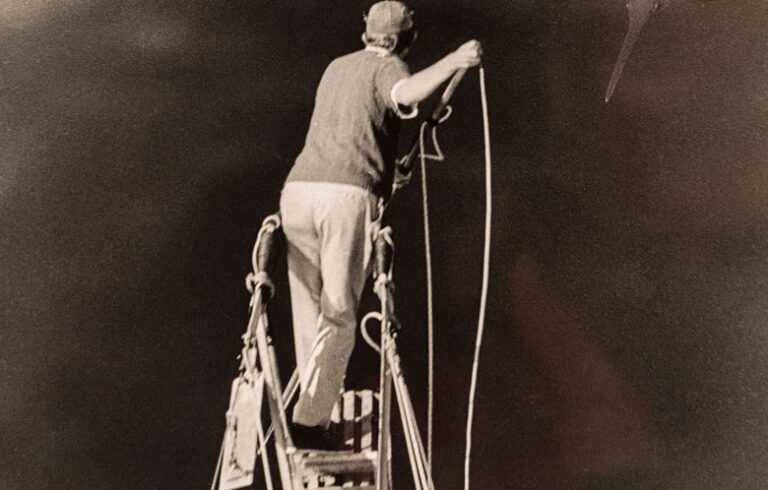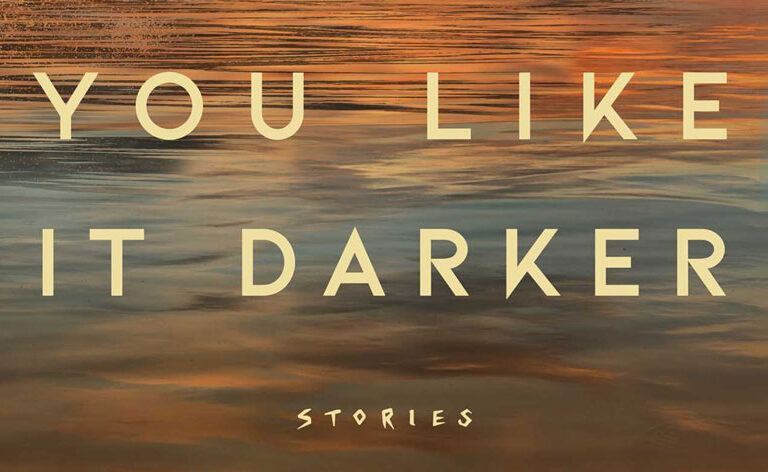Working Waterfront
Rebecca Goodale, Arlene Morris ‘build’ a clam shack
Goodale and Morris invite the reader to assemble the panels “to create a specific place during this climate crisis.” The panels can be arranged, they note, “to suit [the reader’s] aesthetic preferences..." SEE MORE











